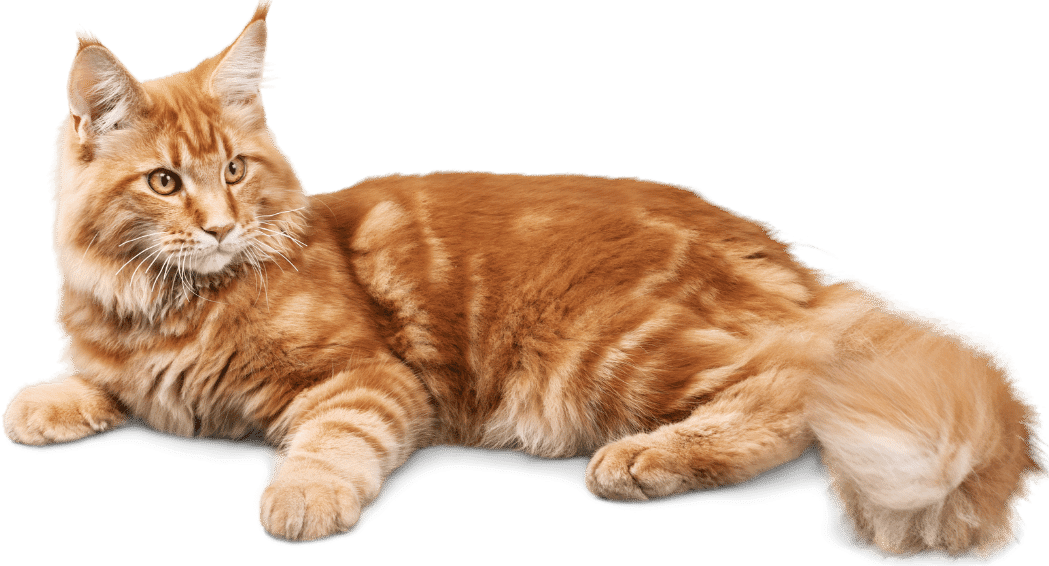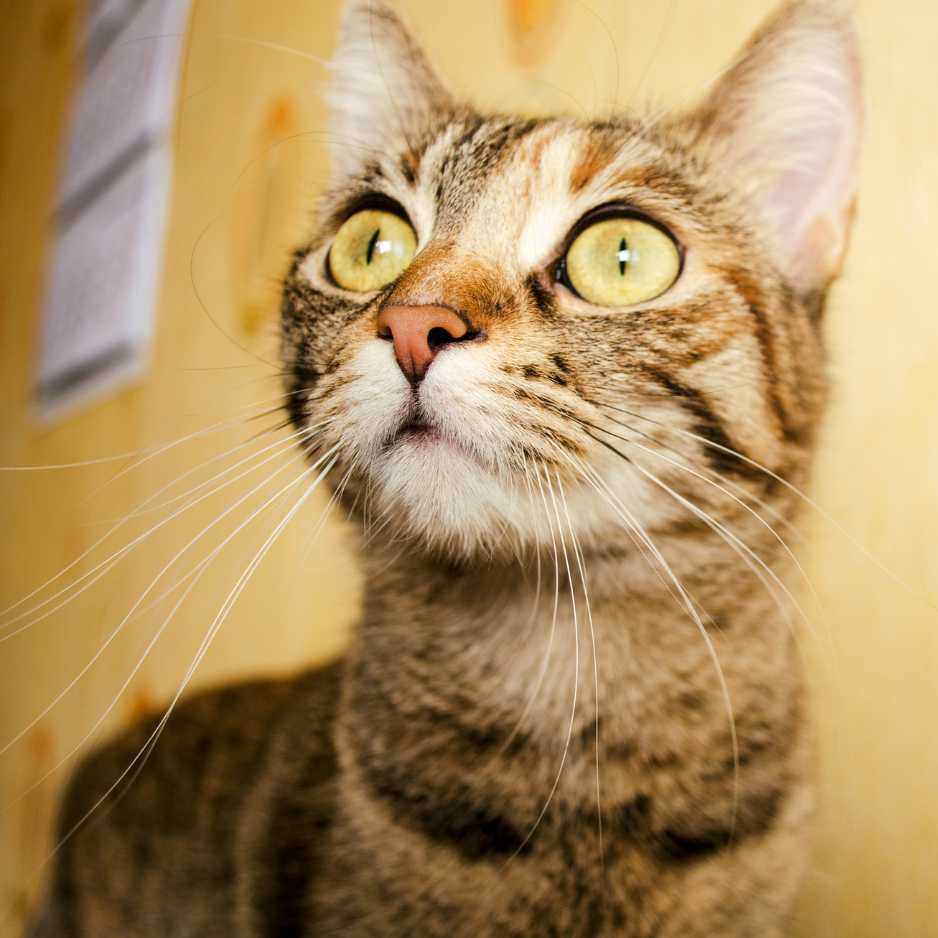The Bengal cat is one of the most captivating and unique cat breeds available today. With its exotic looks resembling that of a wild leopard and its playful, loving personality, it’s no wonder that Bengal cats are highly sought after by cat lovers. Whether you’re thinking of adopting a Bengal or are simply curious about this breed, this guide will give you everything you need to know about Bengal cats.
What Is a Bengal Cat?
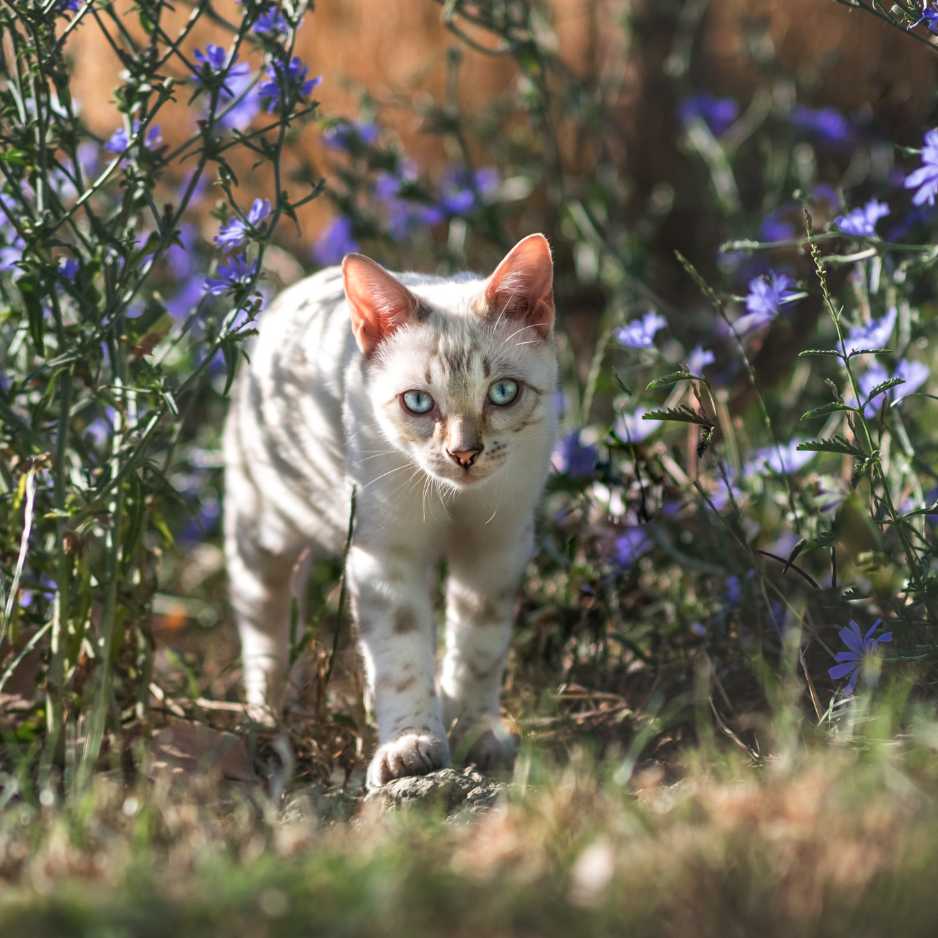
A Bengal cat is a hybrid breed, originally created by breeding the Asian leopard cat (Prionailurus bengalensis) with domestic cats such as the Egyptian Mau and Abyssinians. The goal was to combine the beauty and exotic appearance of a wild cat with the gentler and more sociable personality of a domesticated cat. Bengal cats are medium to large in size and are known for their muscular, athletic bodies and striking coat patterns.
- Size: Medium to large
- Weight: Males typically weigh 10-15 pounds, while females range from 8-12 pounds
- Lifespan: 12-16 years
- Coat Type: Short, sleek, and soft to the touch
- Temperament: Playful, energetic, affectionate, and intelligent
History of the Bengal Cat
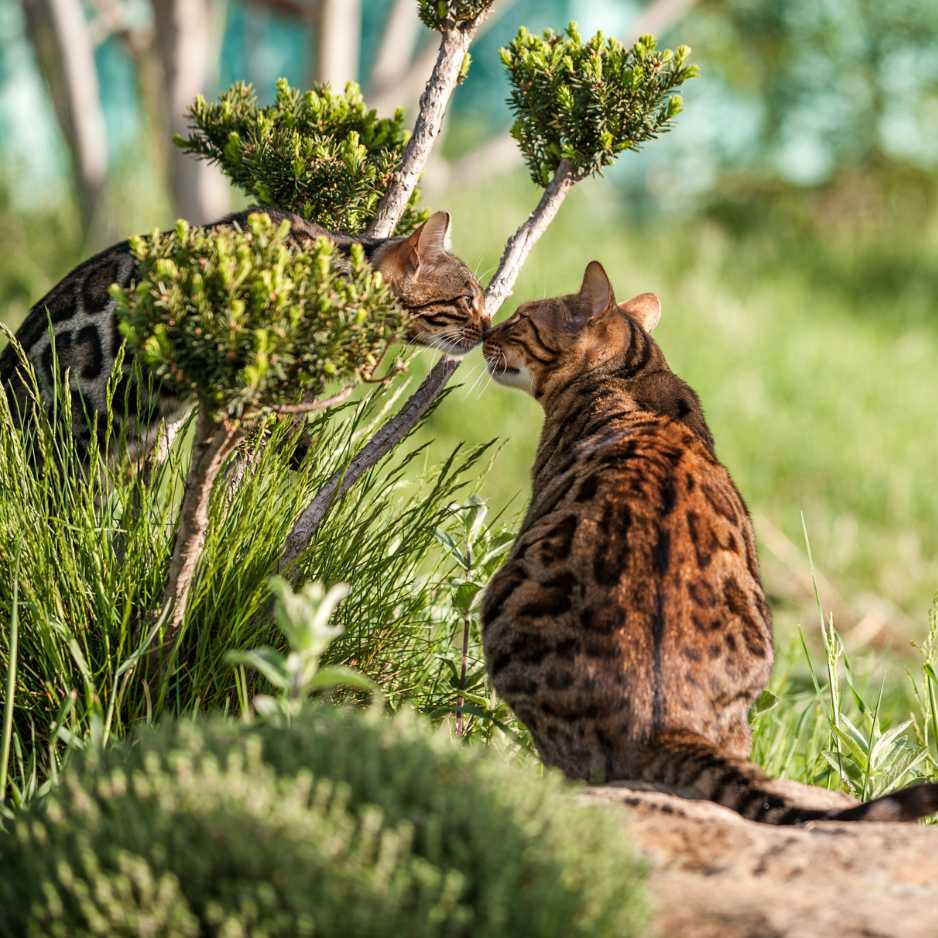
The history of the Bengal cat dates back to the 1960s, when Jean Mill, an American breeder, crossed a wild Asian leopard cat with a domestic cat. She aimed to create a breed that had the appearance of a wild animal but the behavior of a domesticated pet. Mill’s work was groundbreaking in the cat breeding world, and after several generations of selective breeding, the Bengal cat breed was officially recognized by The International Cat Association (TICA) in 1986.
- Bengal cats quickly gained popularity among cat enthusiasts due to their striking appearance, friendly nature, and active personalities. Today, they are one of the most popular cat breeds in the world, adored for their wild looks and loving companionship.
The Asian leopard cat is a small wild cat found across Asia, known for its distinctive spotted coat. The influence of the Asian leopard cat in the Bengal breed can still be seen in their coat patterns and physical features, giving Bengals their wild and exotic appearance.
Bengal Cat Appearance
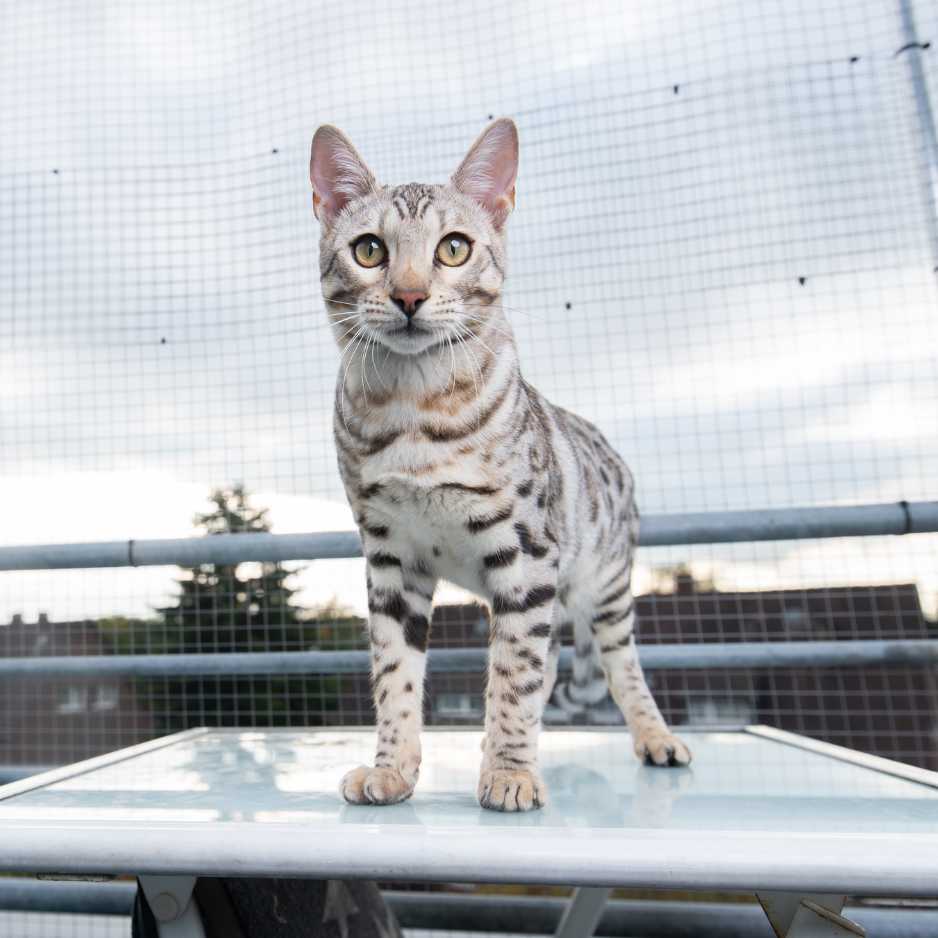
One of the Bengal cat’s most defining features is its wild appearance, which makes it look like a miniature version of a leopard or ocelot. The breed’s exotic look is due to its close genetic relationship with the wild Asian leopard cat. Their striking coat, sleek body, and athletic build give them a unique and unforgettable presence.
Bengal cats have short, dense coats that come in a variety of patterns and colors. The two primary coat patterns seen in Bengals are:
- Spotted: Resembling the rosettes of leopards, these spots are randomly placed or aligned in horizontal patterns.
- Marbled: Swirling, cloud-like patterns that are similar to the coat markings of a wild ocelot or marbled cat.
- Brown Tabby: The most common color, with shades of gold, orange, or light brown as the base coat.
- Snow: These Bengals have a pale, creamy coat with subtle markings, often in sepia or mink tones.
- Silver: Bengals with a cool, silvery base coat and dark contrasting spots or marbling.
- Blue, Charcoal, and Melanistic: Rarer colors that are less common but equally beautiful.
One of the unique traits some Bengal cats possess is a “glittered” coat. This gives the fur an iridescent shine, making it sparkle when light hits it. Not all Bengals have this trait, but it’s a highly desirable feature.
Bengal Cat Personality
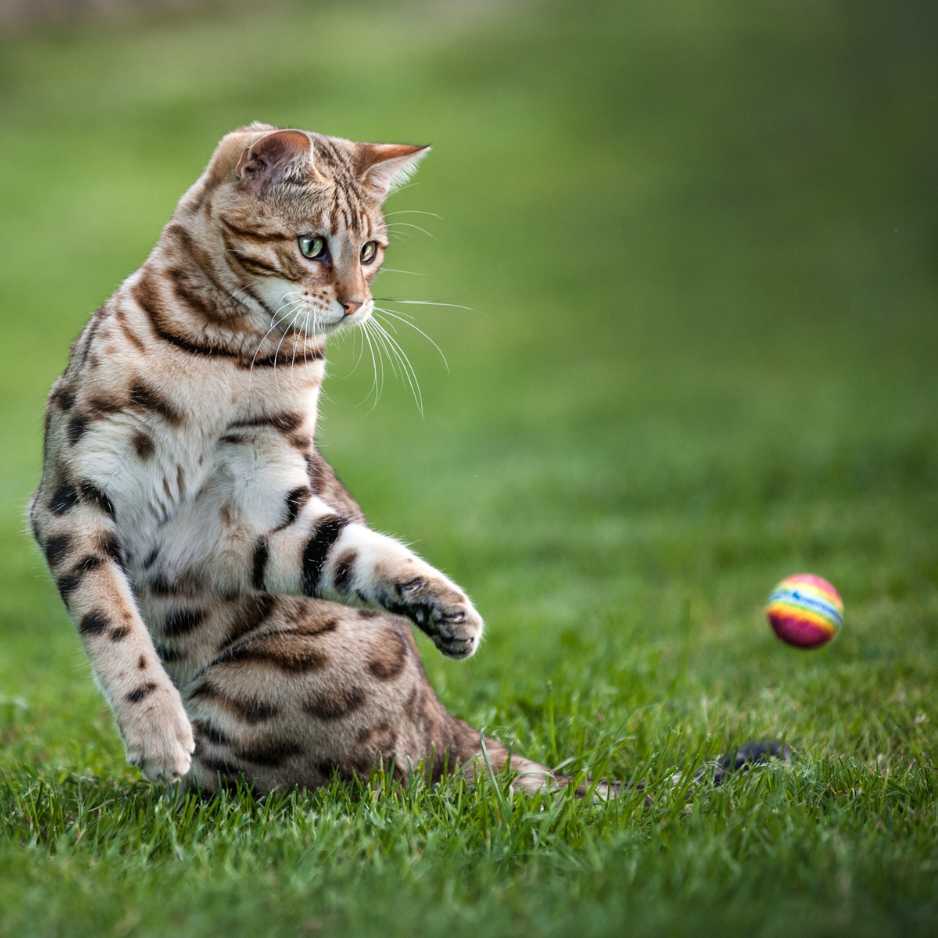
Bengal cats are known for their vibrant personalities. These cats are active, playful, and incredibly intelligent, making them a joy to have as pets, but they can also be a bit of a handful. If you’re considering a Bengal cat, it’s essential to understand their temperament and ensure you can meet their needs.
Bengal cats are full of energy. They are known to be more active than most other domestic cat breeds, which means they require plenty of exercise and mental stimulation. If you’re someone who enjoys playing with your pets, a Bengal cat is a perfect companion. These cats love to run, climb, and explore, so providing them with toys, climbing trees, and interactive playtime is crucial.
The Bengals are incredibly smart. They are known for their problem-solving abilities and can be trained to perform tricks, use a litter box, and even walk on a leash. Their intelligence means they need regular mental stimulation to avoid boredom, which can lead to destructive behaviors if their needs aren’t met.
Despite their wild appearance, Bengal cats are very affectionate with their human families. They enjoy being part of the action and are known to follow their owners around the house. Bengal cats are social animals that form strong bonds with their families, though they may be more independent than some other breeds.
Bengals are vocal cats and love to communicate with their owners. They will often “talk” to you through a variety of sounds, including meows, chirps, and purrs. While their vocalizations are charming, it’s something to keep in mind if you prefer a quieter cat
How to Care for a Bengal Cat
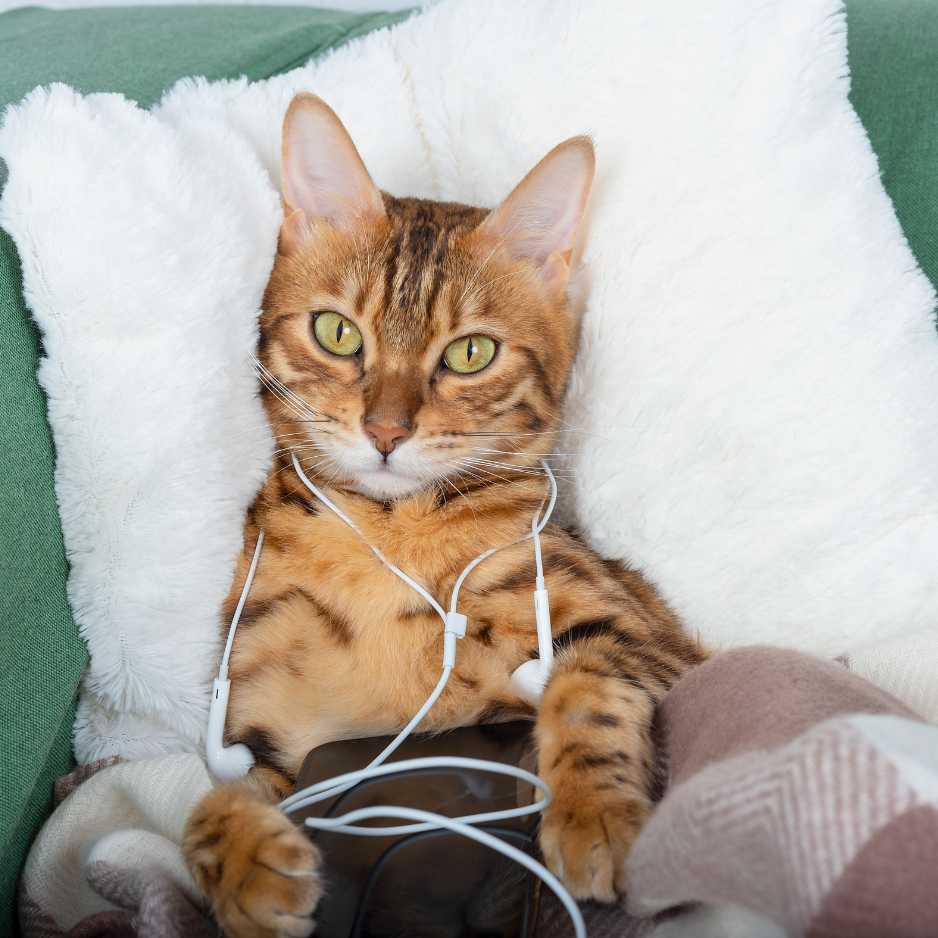
Caring for a Bengal cat requires attention to their diet, exercise needs, grooming, and overall health. Bengals are relatively low-maintenance when it comes to grooming, but their high energy levels mean they require plenty of mental and physical stimulation.
Bengal cats are carnivores, and their diet should reflect their natural eating habits. A high-protein diet, similar to what they would eat in the wild, is ideal. Many Bengal owners opt for raw or freeze-dried cat food to ensure their cats are getting the best nutrition. If you’re feeding them commercial cat food, look for brands that are high in protein and low in carbohydrates.
Bengals need regular exercise to keep them healthy and happy. Provide them with plenty of toys, scratching posts, and climbing trees to satisfy their natural instincts. Interactive play is also important; laser pointers, feather wands, and puzzle toys are great for keeping their minds engaged.
Bengal cats have short, sleek coats that don’t require much grooming. A weekly need cat brush to remove loose hair and keep their coat shiny is usually sufficient. Bathing a Bengal cat is rarely necessary, but some enjoy water and may tolerate an occasional bath.
Because Bengals are so intelligent, they require more mental stimulation than the average cat. Puzzle cat toys, training sessions, and even teaching them tricks can help keep their minds sharp. Bored Bengals can become destructive, so it’s essential to provide them with enough activities to keep them occupied.
Regular veterinary check-ups are important to ensure your Bengal cat remains healthy. They are prone to certain genetic conditions, so make sure you’re aware of any health issues that may be common in the breed.
Are Bengal Cats Good Pets?
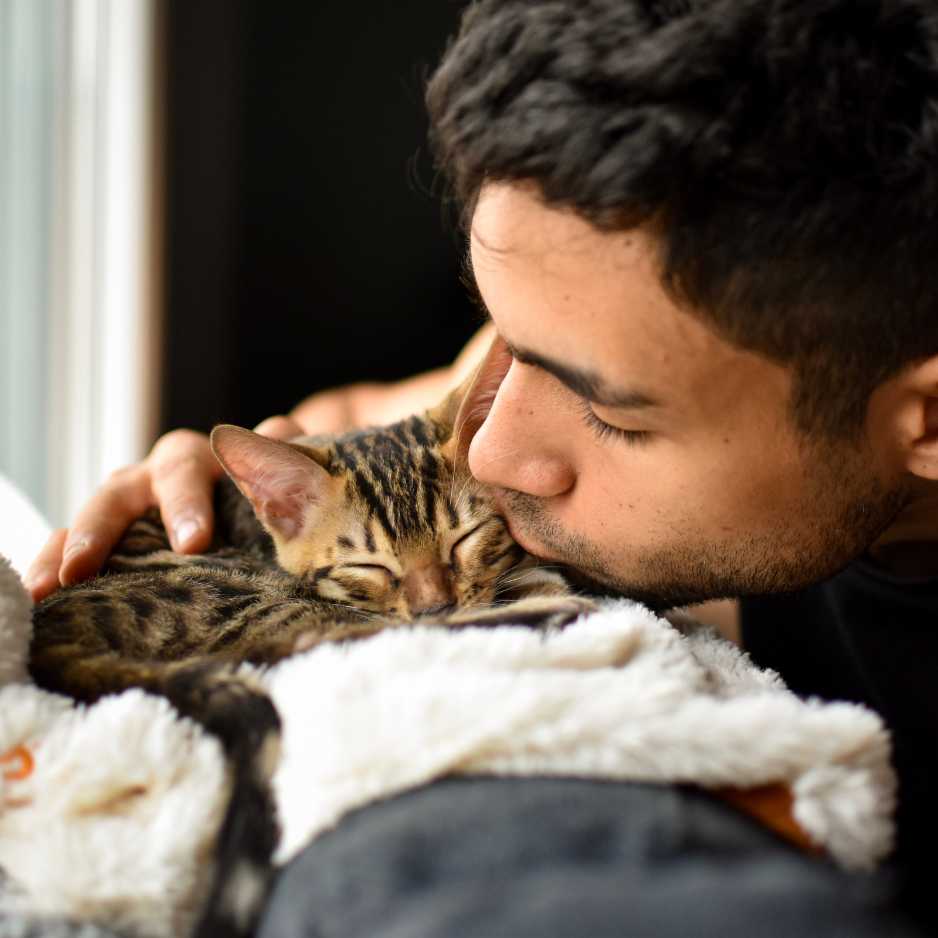
Bengal cats can make wonderful pets for the right owner. Their wild looks combined with their loving personalities make them an attractive option for cat lovers. However, their high energy levels and need for attention mean they may not be the best choice for everyone.
- Stunning Appearance: Their wild, exotic looks are unmatched.
- Affectionate: Bengal cats form strong bonds with their owners and love to be involved in daily life.
- Energetic: If you’re an active person who enjoys playing with your pets, a Bengal will fit right in.
- Intelligent: Bengals can be trained to perform tricks, use a leash, and solve puzzles.
- High Energy: Bengals need a lot of exercise and mental stimulation, which may not be ideal for all owners.
- Vocal: If you prefer a quieter cat, the Bengal’s talkative nature might not be for you.
- Not Ideal for Small Spaces: Bengals love to climb and explore, so they may not do well in small apartments without enough room to roam.
Health Issues Common in Bengal Cats
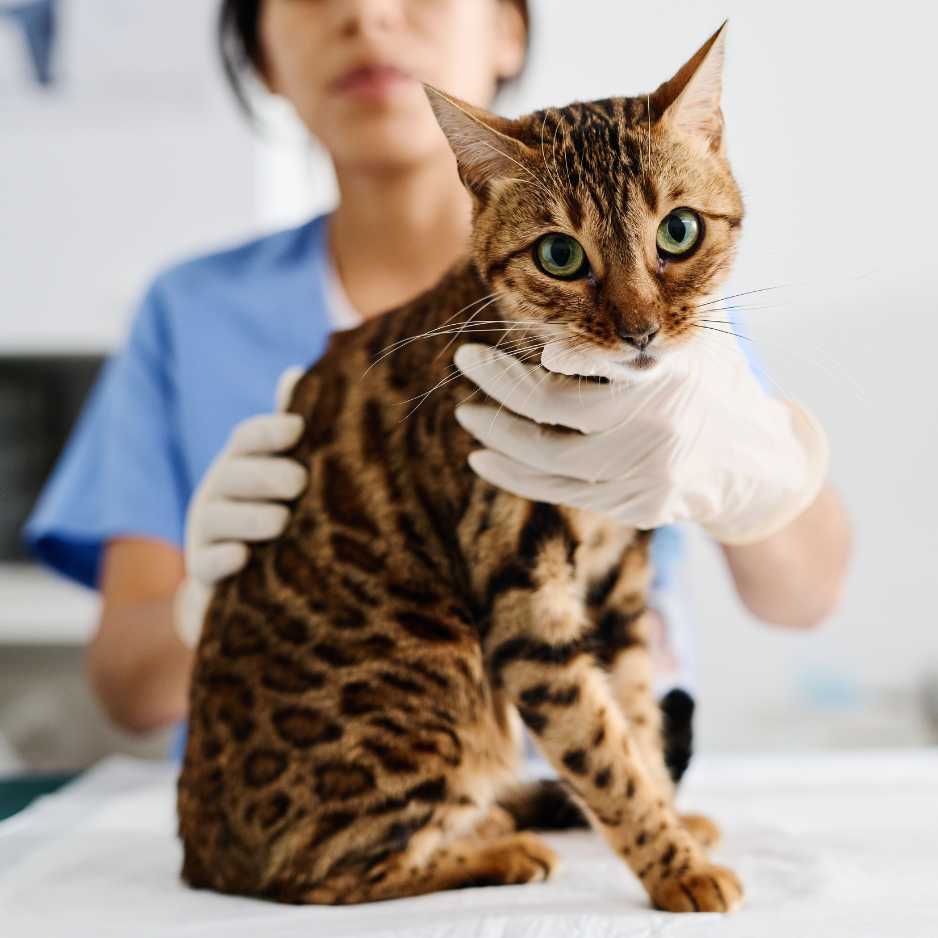
Like all cat breeds, Bengal cats are prone to certain health issues. Being aware of these potential problems can help you take better care of your Bengal and ensure they live a long and healthy life.
- Hypertrophic Cardiomyopathy (HCM): A heart condition where the heart muscle becomes abnormally thick. This is a common issue in Bengal cats and can lead to heart failure if left untreated.
- Progressive Retinal Atrophy (PRA): A genetic condition that causes the retina to deteriorate over time, leading to blindness.
- Patellar Luxation: A condition where the kneecap dislocates from its normal position, causing discomfort and mobility issues.
- Feline Infectious Peritonitis (FIP): Although rare, this viral disease can affect Bengal cats and is often fatal.
Regular veterinary visits, a balanced diet, and plenty of exercise can go a long way in preventing health issues. It’s also essential to work with a reputable breeder who screens for genetic conditions, ensuring your Bengal has the best possible start in life.
How Much Does a Bengal Cat Cost in India?
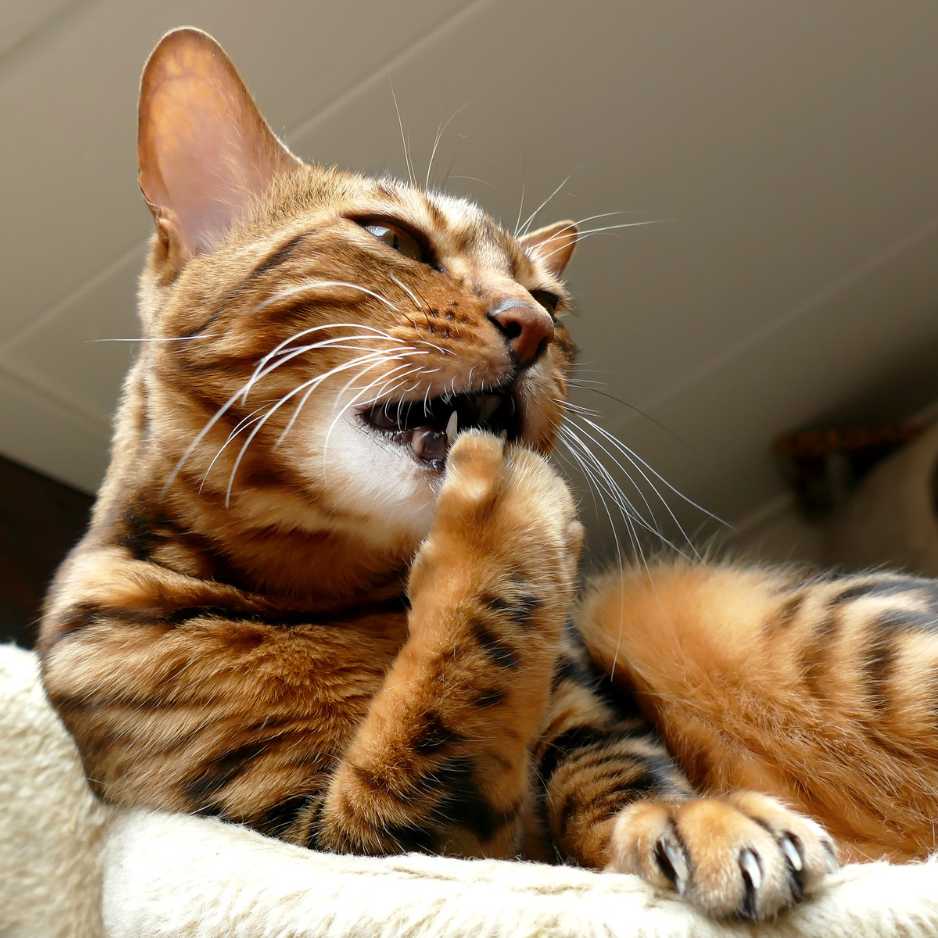
Bengal cats are among the more expensive cat breeds due to their exotic appearance and the careful breeding involved. The price of a Bengal cat in India can vary based on factors such as the breeder’s reputation, the cat’s lineage, and whether the cat is intended for show or as a pet.
- Pet-Quality Bengals: ₹80,000 – ₹1,60,000
- Show-Quality Bengals: ₹1,60,000 – ₹3,20,000 or more
- Rare Colors (such as Blue or Melanistic): Can exceed ₹4,00,000
In addition to the initial cost, Bengal cats require high-quality food, regular veterinary care, and plenty of toys and accessories to keep them entertained. Be prepared for ongoing expenses when owning a Bengal cat in India.
Conclusion: Is a Bengal Cat Right for You?
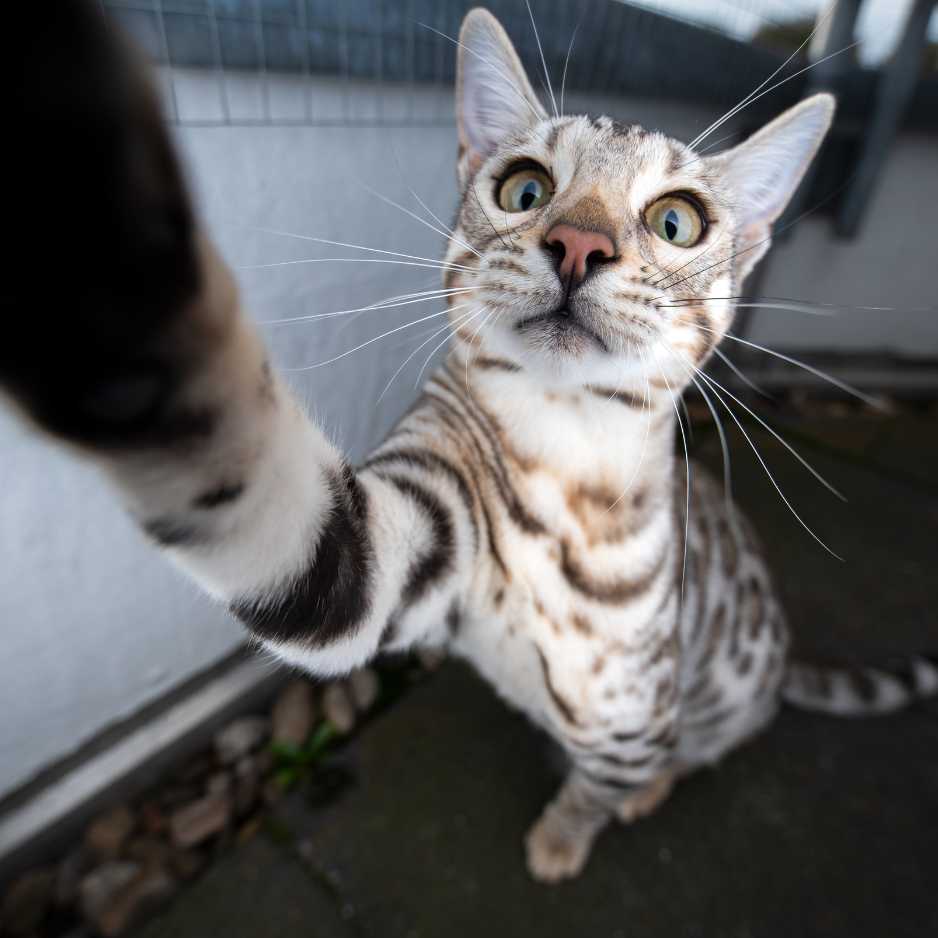
Bengal cats are extraordinary animals, combining the beauty of a wild cat with the temperament of a loving pet. Their energetic, intelligent, and affectionate nature makes them a great fit for active households that can provide them with the attention and stimulation they need.
If you’re willing to invest time in training, play, and care, a Bengal cat can make a fantastic addition to your family. However, if you prefer a more laid-back, independent cat, you may want to consider a different breed.
- Do you have the time and energy to meet a Bengal cat’s needs for exercise and play?
- Can you provide them with mental stimulation to prevent boredom?
- Are you prepared for the cost of purchasing and maintaining a Bengal cat?
If you can answer “yes” to these questions, a Bengal cat might just be the perfect pet for you!


